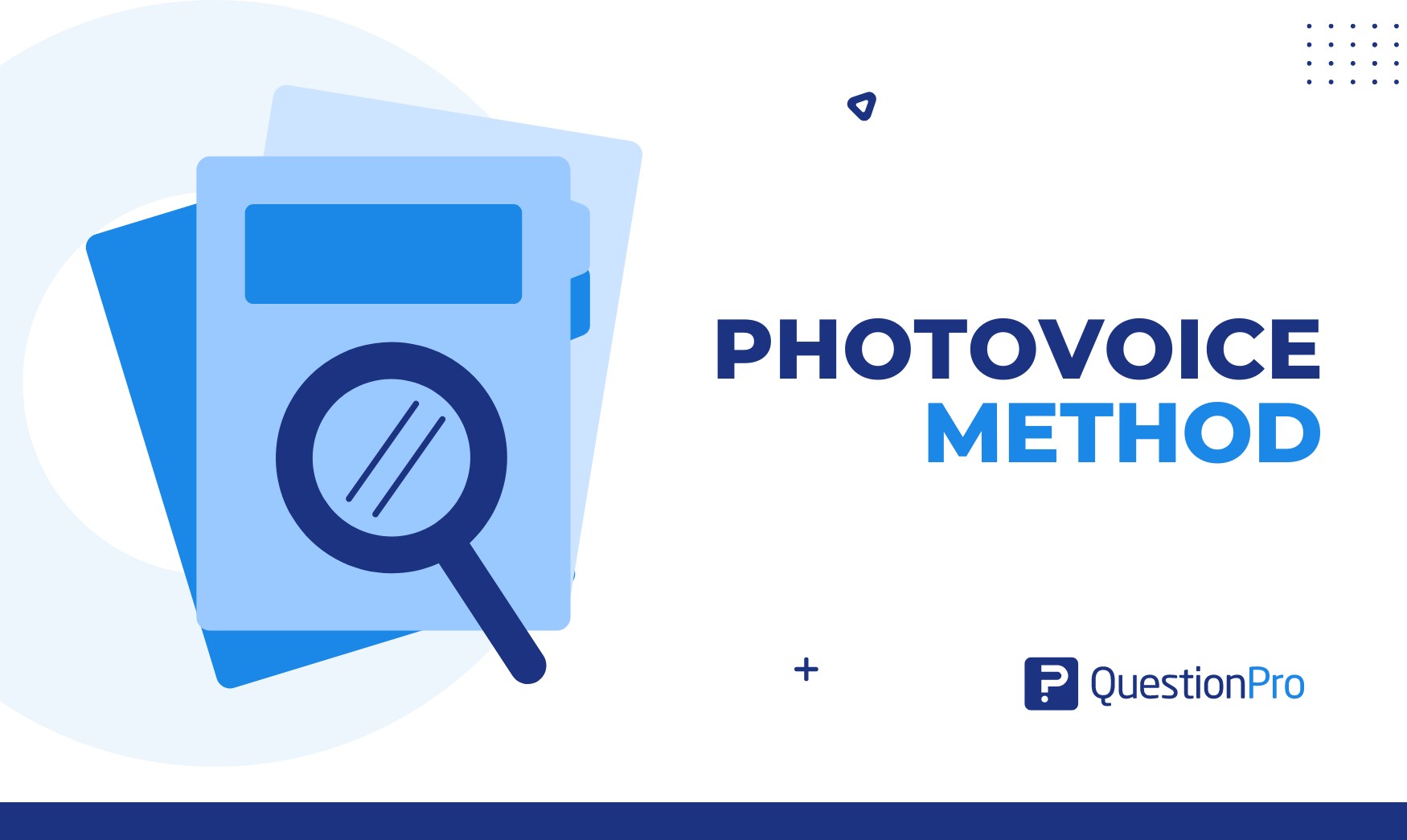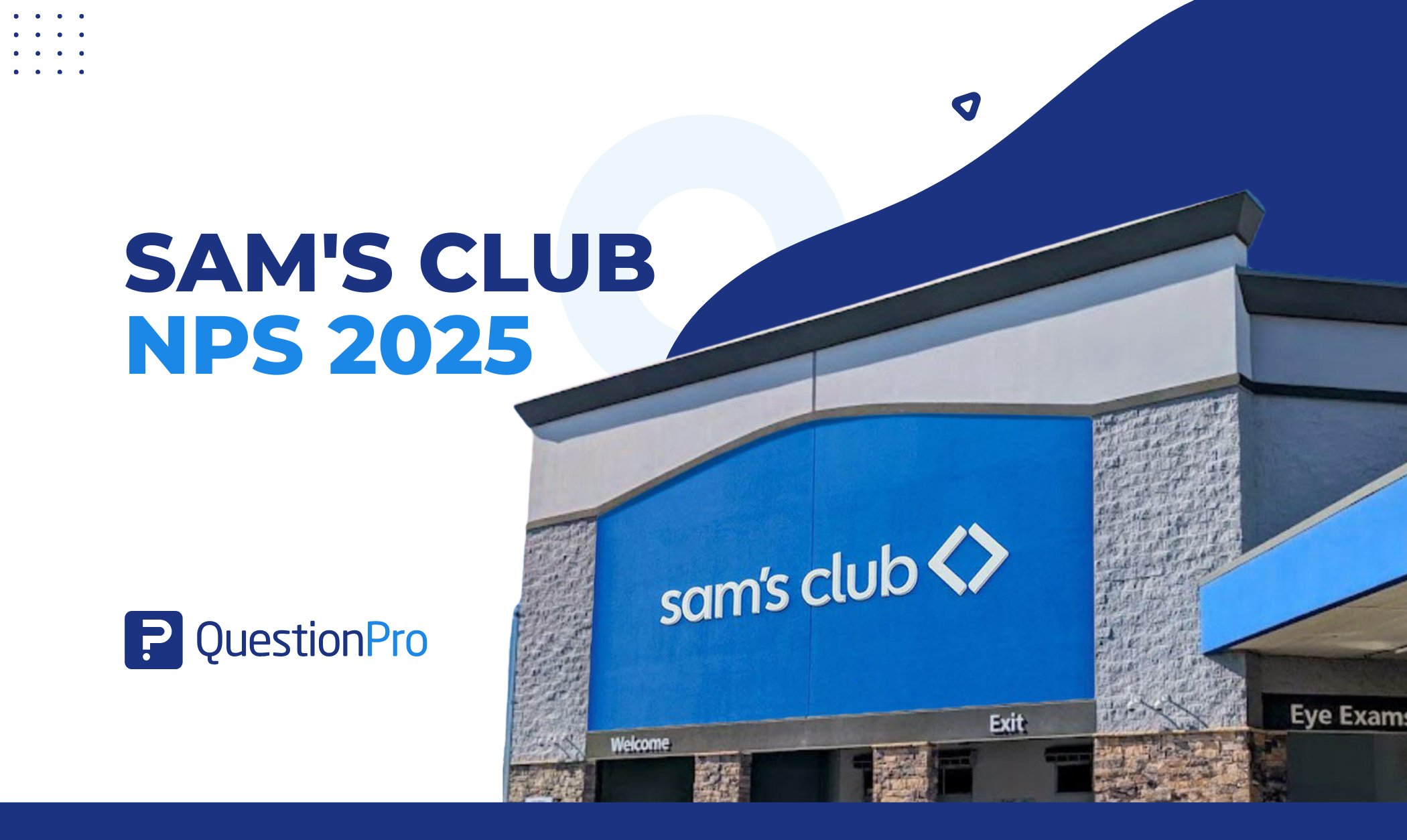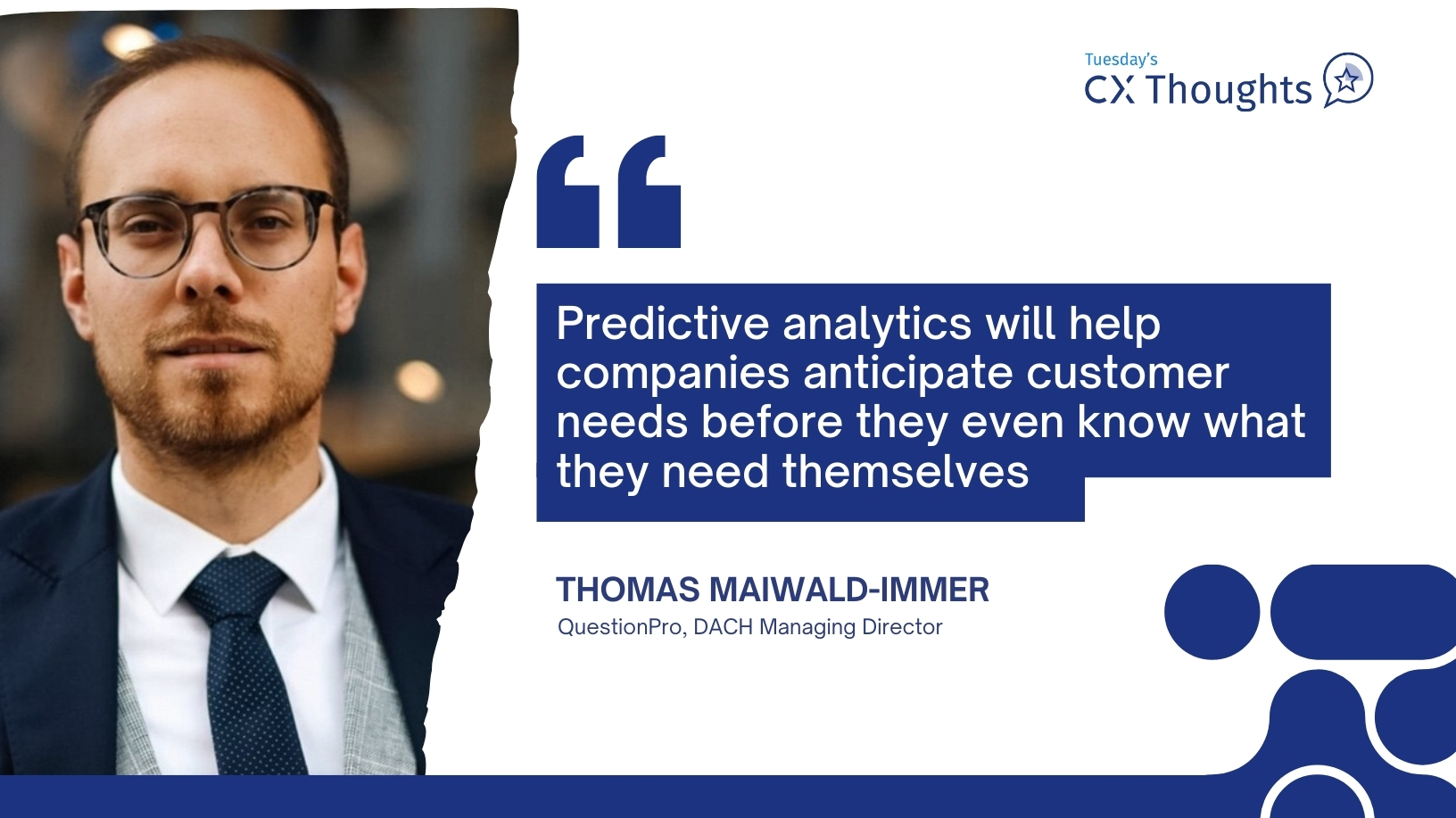
Photovoice is a unique and powerful research method that allows people to share their experiences and perspectives through a specific photographic technique. By giving participants cameras, Photovoice empowers them to document their daily lives, challenges, and successes. These photos then become the basis for discussions and reflections, leading to deeper insights and actions that can bring about positive change.
Ready to go? Let’s explore photovoice and how to implement it in your research to unlock powerful insights and drive meaningful change.
What is Photovoice?
Photovoice is a participatory research method that empowers individuals or communities to document their lived experiences and realities through photography. It combines photography with grassroots social action and advocacy, aiming to promote critical dialogue about important issues, influence policy, and promote positive social change. Photovoice has been used in various contexts, including:
- Public health education
- public health promotion
- Community development
- Human rights advocacy
It highlights issues such as poverty, environmental degradation, discrimination, and health disparities.
Key Aspect of Photovoice
- Photography as a Tool: Research participants are given cameras or smartphones to take photographs of their daily lives, surroundings, and experiences.
- Digital Storytelling: These photographs are used as a foundation for participants to narrate their stories, perspectives, and experiences.
- Community Engagement: Photovoice projects often involve group discussions and community presentations where participants share their photographs and narratives.
- Advocacy and Empowerment: The ultimate goal of Photovoice is to empower participants by amplifying their voices, raising awareness about social issues, and influencing decision-making processes.
- Research and Action: Photovoice encourages social action and policy change based on the insights gained.
Why is Photovoice Important in Research?
Combining photography with participant narration, Photovoice empowers individuals to tell their stories visually and verbally. Participatory needs assessment on deep insights into issues that may otherwise remain hidden or misunderstood. Photovoice is important in research for several reasons:
Ensure The Empowerment of Participants
Photovoice allows participants to share their experiences and perspectives using photographs they have taken. This empowers them to communicate their stories in a visual and compelling way, which may not be fully captured through traditional qualitative methods alone.
Enhanced Your Understanding
Visual methods like Photovoice can deepen understanding of complex issues by providing a rich, nuanced portrayal that goes beyond words. It can reveal aspects of people’s lives, environments, and challenges that may not be easily expressed verbally.
Increase Your Community Engagement
Photovoice often involves community members in the research process, creating a sense of ownership and participant engagement. It can amplify voices that are often marginalized or underrepresented in research, promoting social justice and advocacy.
Offer Contextualization and Rich Data
Photos provide contextual information that enhances the data interpretation. Researchers can analyze visual content alongside verbal narratives, enriching the depth and breadth of the findings.
Offer Better Policy and Social Change
Photovoice findings can influence policy and decision-making by presenting compelling visual evidence of issues that need attention. This can lead to advocacy efforts and social change initiatives based on the insights gained.
Offer Concept Methodology And Use
Photovoice concept methodology contributes to methodological diversity in research, offering an alternative to traditional approaches and expanding the toolkit of qualitative researchers. It encourages creativity and adaptability in study design and analysis.
Difference Between Photovoice and Photo Elicitation
Photo-elicitation and photovoice are both qualitative visual research methods that use photographs to gain participant insights, but they have distinct approaches and purposes. Here’s a breakdown of their differences:
Photo-Elicitation
The purpose is to enhance interviews or a small group discussion by using photographs as stimuli to provoke deeper responses and insights.
Process:
- Researchers select or provide photographs.
- Photos are shown to participants during interviews to trigger memories, feelings, and discussions.
- The main focus is on the participant’s responses to the photos and the insights these responses provide.
Control:
- Researchers have more control over the selection of images and the direction of the conversation.
- Participants interpret and discuss the pre-selected images.
Use:
- Commonly used in qualitative research to explore individual experiences, cultural contexts, and social issues.
- Suitable for various fields such as anthropology, sociology, and psychology.
Photovoice
To empower participants to document and reflect on their own experiences and to communicate their perspectives and concerns to stakeholders or reach policymakers.
Process:
- Participants are given cameras to take their own photographs.
- Participants capture images that represent their lives, experiences, or issues they want to highlight.
- These photos are then used to generate discussion and reflection and often to advocate for change.
Control:
- Participants have more control over the photography process, choosing what to capture and share.
- The focus is on the participants’ own visual narratives and the stories they tell through their photographs.
Use:
- Often used in community-based research, participatory action research, and advocacy work.
- Aims to give voice to marginalized or underrepresented focus groups and to influence social change.
How to Implement Photovoice in Research?
Implementing Photovoice in research involves several key steps to ensure the process is ethical, effective, and meaningful. Here’s a general guide on how to implement Photovoice:
01. Define the Research Question
Clearly articulate the research question or objective that Photovoice will address. Consider whether Photovoice is appropriate for exploring the topic and aligns with the study’s goals.
02. Recruit Participants
Identify and recruit participants with a stake in the research topic or issue. Ensure diversity in participant backgrounds and perspectives to capture a comprehensive range of experiences through photography.
03. Offer Training and Consent to The Participants
Provide training to participants on how to use cameras effectively and ethically. Discuss things such as:
- Consent procedures,
- Privacy considerations,
- The rights of participants regarding their photographs.
04. Offer Better Photography Phase
Participants take photographs that represent their experiences, perspectives, and insights related to the research question. Encourage them to annotate, or authors describe each photograph to provide context and meaning.
05. Organize Group Discussions
Organize group discussions or interviews where participants share their photographs and explain their significance. These sessions allow for a deeper exploration of the themes and issues captured in the photographs.
06. Analysis Your Photographs
Analyze the photographs, accompanying narratives, and group discussions to identify key themes, patterns, and insights. Use both visual and textual data to enrich the interpretation.
07. Dissemination and Take Action
Share the findings with participants and stakeholders involved. Consider ways to disseminate findings to broader audiences, such as:
- Policymakers
- Community members
- Relevant organizations
Explore opportunities for advocacy or social action and practice based on the research outcomes.
08. Prioritize Ethical Considerations
Throughout the process, prioritize ethical considerations such as confidentiality, informed consent, and respect for participants’ autonomy. Ensure that participants control how their photographs and narratives are used and shared.
09. Reflection and Evaluation
Reflect on the community’s strengths and limitations of using Photovoice in your research. Evaluate the impact of Photovoice on:
- Participants
- Researchers
- The broader community
Consider how Photovoice could be improved or adapted for future studies.
By following these steps, researchers can effectively implement Photovoice as a participatory photography and visual research method that amplifies participant voices and generates rich, contextually embedded data.
How QuestionPro Help You to Implement Photovoice?
Photovoice is a participatory research method that combines photography with grassroots social action. Participants capture their environment and experiences through photographs, which are then used to discuss and reflect on the issues being studied. Implementing photovoice using QuestionPro involves several steps:
1. Define the Research Objectives
Clearly outline what you aim to achieve with your photovoice project. This includes identifying the key questions you want to address and the outcomes you expect.
2. Recruit Participants
Select participants who are directly affected by or have experience with the research topic. Ensure they understand the purpose of the study and obtain informed consent.
3. Provide Training
Train participants on how to take meaningful photographs that represent their experiences and viewpoints. This may include technical skills in photography and ethical considerations in capturing images.
4. Set Up Your QuestionPro Survey
Create a survey in QuestionPro to collect data and reflections from participants. Here’s how to do it:
Create a New Survey:
- Log in to your QuestionPro account.
- Click on “Create Survey” and choose a blank survey or use a suitable template.
Add Introductory Information:
- Include a section explaining the purpose of the photovoice project and instructions for participants.
Upload Photo Questions:
- Add a question where participants can upload their photographs. In QuestionPro, you can use the “File Upload” question type.
Add Open-Ended Questions:
Include open-ended questions for participants to describe their photos, explain the context, and share their reflections. Example questions:
- What does this photo represent to you?
- Why did you choose to take this photo?
- How does this photo relate to the research topic?”
Consent Form:
- Add a section for participants to consent to use their photos in the research.
5. Distribute the Survey
Send the survey link to your participants. Ensure they understand how to upload their photos and respond to the open-ended questions.
6. Collect and Analyze Data
- Data Collection: Monitor responses in QuestionPro. Ensure you have received all the necessary photos and descriptions.
- Data Analysis: Download the photos and responses from QuestionPro. Analyze the photographs and textual responses to identify common themes, patterns, and insights. Consider using qualitative analysis software if necessary.
- Create a presentation or report that includes the photographs and participants’ narratives.
- Use visuals effectively to convey the stories and themes identified.
- Organize a session with participants to share the findings and get their feedback.
- Develop an action plan based on the insights gained from the photovoice project.
Conclusion
Implementing photovoice in your research isn’t just about collecting data; it’s about creating a critical dialogue that brings people’s lived experiences to the forefront. It’s about engaging participants in a way that empowers them and enriches your study with authenticity and depth.
As you explore the world through photographs and narratives, you’ll gain new insights and understanding that could lead to impactful change. Additionally, QuestionPro helps streamline the implementation of Photovoice, making it easier to collect, manage, analyze, and present both visual and narrative data.
So, are you ready to see your research through a new lens? Embrace the power of photovoice, and let the stories behind the images guide you to more profound discoveries and actionable outcomes. The journey with QuestionPro might surprise you, but it promises to be as enlightening as it is rewarding. Contact QuestionPro for further details.







